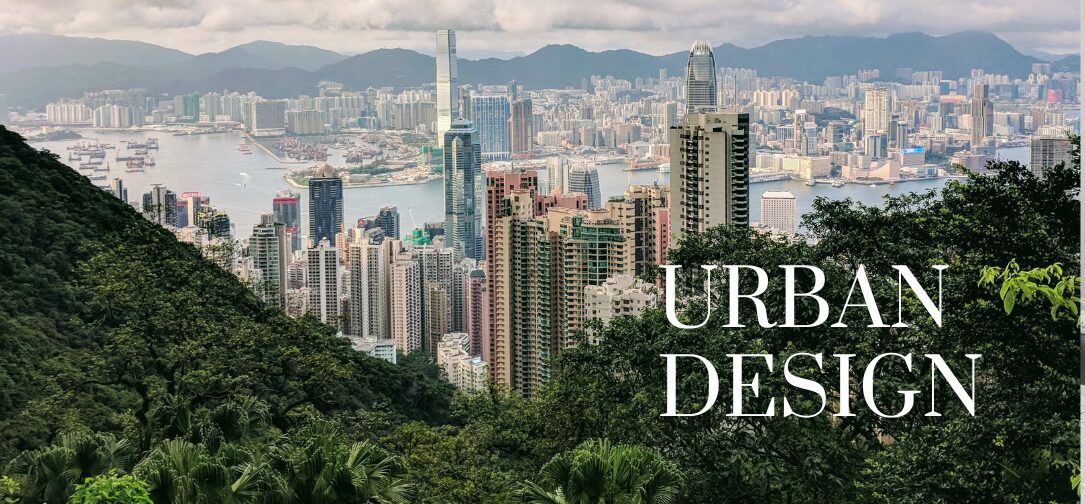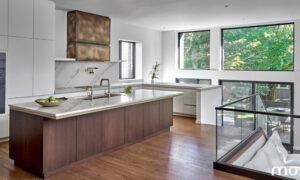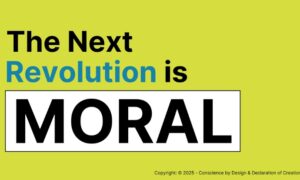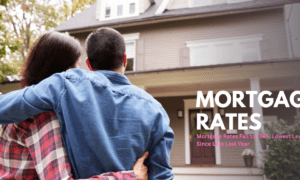Urban design might seem like an abstract concept but it helps shape the very fabric of our communities — where we live, how we move, and how we thrive. It influences everything from the layout, character, and function of our neighbourhoods, to the housing, transport networks, and amenities available in our local communities. In this article, we will take a look at what urban design means for your local neighbourhood, in relation to masterplanning. We will also take a closer look at what urban design means for residents, both now and in the future.
What is urban design?
Urban design is a multidisciplinary field that considers the layout, appearance, and functionality of urban areas, with particular focus on our neighbourhoods. It is the practice of integrating architecture, landscape, and urban planning to create cohesive, sustainable, and human-centred environments. It also seeks to enhance our quality of life by creating spaces that encourage social interaction, community engagement, and economic growth.
What role does urban design play in masterplanning?
Urban design is often small in scope, scale, and focus. It establishes a framework for neighbourhood development and outlines key plans for buildings, streets, and open spaces. Masterplanning, on the other hand, is a strategic process that establishes the overarching framework for large-scale development. It outlines land use distribution, infrastructure planning, development phasing, and policy alignment to guide long-term growth and investment. As such, masterplanners, like JTP, create the frameworks for city development.
Urban design plays an important role in masterplanning. It helps ensure that the key strategies outlined in a masterplan are applied at neighbourhood level. In this sense, urban design helps bring long-term plans for liveability, sustainability, and social integration to life.
What is the purpose of good urban design?
Urban design helps create vibrant neighbourhoods to live in. But what is good urban design? What is its purpose? And how does it serve the local community? Let’s take a closer look at why good urban design is so important.
Character, Continuity, & Inclusivity
Character:
Good urban design can help enhance the character of a place – by reinforcing the distinctive patterns of development, cultural identity, and architectural heritage that make each area unique. By drawing on local context and traditions, good urban design can also help create a strong sense of identity and belonging among community members. This, in turn, helps prevent places from feeling generic or people from feeling disconnected.
Continuity and Enclosure:
Good urban design offers a clear distinction between public and private spaces. This is essential for creating visually coherent neighbourhoods. Good urban designs have purposeful layouts – aligning buildings and street frontages in a way that frames neighbourhoods and helps create a sense of continuity. They also have subtle enclosures – encouraging increased security and social interaction, and thereby contributing to safer and more welcoming communities.
Public Spaces:
Public spaces have a big impact on how people experience their local environment. Good urban design ensures that public areas – such streets, squares, parks, and public buildings – are inclusive. By prioritising accessibility, safety, and comfort, good urban design can help encourage residents to participate in different activities – from exercise and recreation, to community events and cultural expression. As such, it can also help improve quality of life, encourage social interaction, and strengthen communities.
Diversity:
What makes a great neighbourhood? Diversity. Good urban designers will often include a wide range of housing options, commercial spaces, and public buildings in their urban designs. This ensures that local communities have everything they need on their doorstep. Diversity is important because it promotes social equity and easy access to services. It also helps create pleasant, liveable, and economically sustainable neighbourhoods.
Infrastructure & Logistics
Ease of Movement:
Enhancing connectivity through thoughtful urban design is important for creating liveable and inclusive spaces. Good urban design often prioritises pedestrian routes, cycle lanes, and public transportation. As such, urban design can help reduce car dependency, alleviate congestion, and improve air quality. It can also help create more connected neighbourhoods where people can easily reach their local shops, schools, parks, and services.
Legibility:
Legibility refers to how easily people can understand and navigate a city or neighborhood. Good urban design ensures both legibility and clear spatial structures. This includes identifiable routes (like major streets and pedestrian paths), recognisable landmarks (such as towers, monuments, parks, or unique buildings), well-defined edges and boundaries (rivers, walls, or green belts), and intersections. Good urban design also ensures accessibility. This includes easy access options for first-time visitors, children, elderly residents, and disabled residents.
Adaptability:
Good urban design ensures that neighbourhoods can adapt to evolving social, economic, and technological needs. This involves creating mixed-use spaces, such as town squares, that can support markets, events, and other leisure activities depending on community needs. It also involves having more long-term plans in place for navigating climate change, integrating green infrastructure, and embracing smart technologies.
How does urban design benefit local communities?
Urban design has a profound impact on the health and well-being of local residents. By enhancing liveability, it creates pleasant environments where people can easily access homes, services, green spaces, and cultural amenities. By encouraging social cohesion, it also creates vibrant communities where people can connect, interact, and bond.
How does urban design shape future development?
Urban design shapes future development by establishing the structural and functional framework for neighbourhoods and how they will grow. It sets expectations for future land use and infrastructure investment – by focusing on legibility and layout. It also sets design standards for future development – by shaping the purpose and character of new buildings.
As you now know, urban design also shapes future development by focusing on adaptability and sustainability. It ensures there are plans in place to support the community’s future residential, social, cultural, and economic needs. When these elements work together, urban design becomes a powerful tool for building resilient, vibrant, and future-ready neighbourhoods.
Final thoughts
Urban design is far more than aesthetics — it is a practical and strategic tool for creating neighbourhoods that will serve the local community, both now and in the future. It helps create areas that are sustainable, inclusive, and economically resilient. It also helps align local neighbourhood development with the large-scale development of towns. So what does urban design mean for you, and for your future? Better spaces and better opportunities.



































